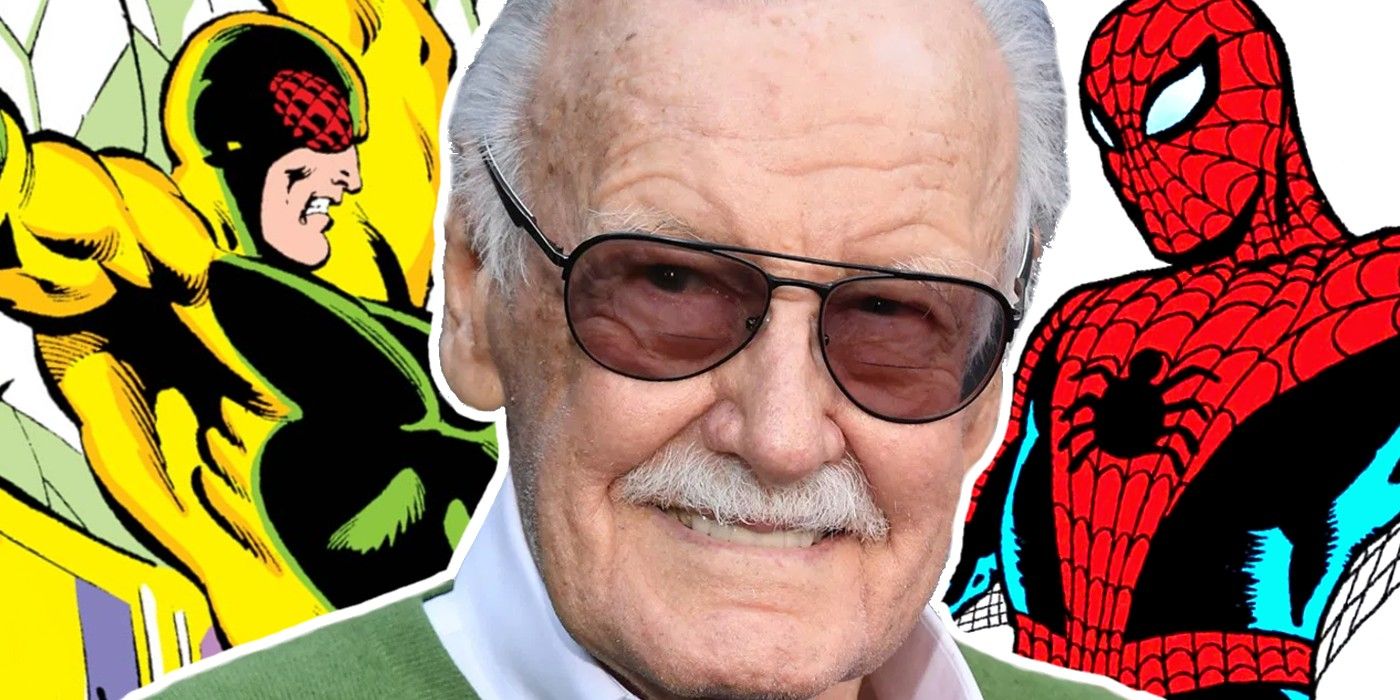When coming up with the idea for Spider-Man, Stan Lee first considered naming the wall-crawling hero after a different bug - specifically, the one which actually inspired the character. Created with legendary comic artist Steve Ditko, Spider-Man ended up being perhaps Lee's best-known character, capturing the public imagination in 1962 and going just as strong to this day.
First appearing in Amazing Fantasy #15, Peter Parker was bitten by a radioactive spider and gained enhanced agility, a precognitive spider-sense that warned him of danger, and the proportional strength and speed of a spider. Being a teenage genius, Peter invented his iconic web-shooters and web fluid - his most definitively arachnid abilities - but it was actually his adhesive hands and feet that came first, and had Lee asking if Spider-Man might better be named after the insect that inspired him.
That's because the original inspiration for Spider-Man was actually a fly Stan Lee observed crawling across a wall, with the other details about the superhero forming around that key idea. Stan Lee told this story throughout his career to different venues and publications, with BBC News sharing a video of the comic great explaining how, "I saw a fly crawling on a wall, and I thought, 'Gee, wouldn't it be something if we had a hero who could crawl on walls like a fly? ... So I thought 'Fly-Man?' That didn't sound dramatic enough. 'Insect-Man?' And I went down a list, and then I got to 'Spider-Man,' and somehow 'Spider-Man,' it sounded a little scary, it sounded impressive, so I said, 'I'll call him Spider-Man.'"
It's a fun story, and a surprising ability for the character to have formed around, though one that should perhaps be taken with a gain of salt. Many of Lee's collaborators have spoken of his habit of modern myth-making, with iconic stories being embellished over time to suit the audience and the constraints of memory - regarding Peter Parker's fly origin, Lee even told Larry King on CNN, "I've told this story so often, it might even be true, I can't remember." But whether watching a fly was direct inspiration or not, Lee was adamant "Fly-Man" was originally in contention, edged out by the equally unlikely "Spider-Man" despite the then-unsettling context of a hero based on either creature.
Spider-Man would eventually face fly-based superhuman the Human Fly in 1976's Amazing Spider-Man Annual #10, flipping the usual predatory arrangement on its head. The villain is currently one of the most disgusting on Marvel's books - a cannibalistic killer who uses acidic vomit to break down his victims - showing that the insects really missed out by losing their claim on Peter Parker, who went on to inspire a raft of Spider-Heroes, including Miles Morales, Gwen Stacy, and the amazing Spider-Ham (all seen in the recent Spider-Man: Into the Spider-Verse.)
Built around what's still one of the most unique powers in comics, it seems Stan Lee quickly knew better than to make Peter Parker the Amazing Fly-Man, even if the humble insect did inspire one of the most potent pop-cultural figures ever conceived. For Marvel fans, Lee and Ditko's creation could only be Spider-Man, and this seems like another occasion where, by his own account, Stan Lee's instincts as a writer and showman were right on the money.

